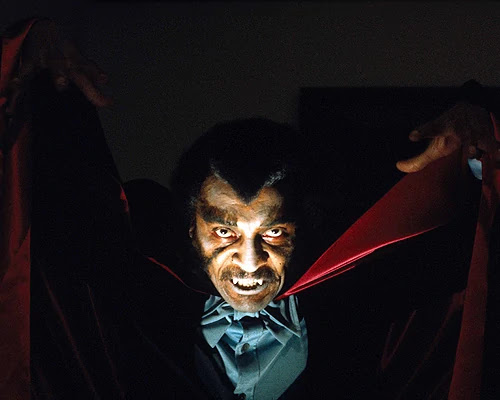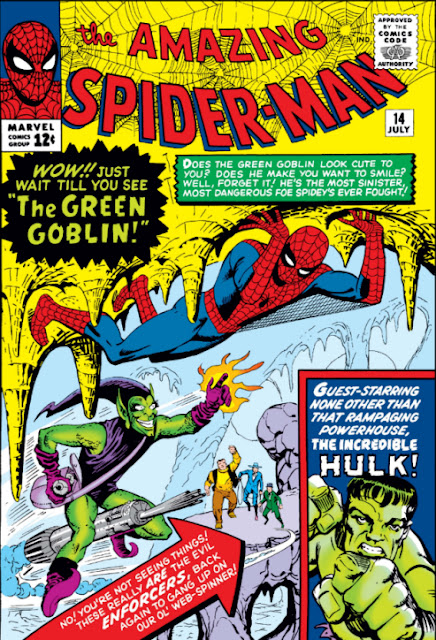(Note: in writing this sequel to my one essay on the topic of novelty and recognizability, I've decided to replace the latter term with the term "familiarity." Accordingly I've altered the tag to reflect the change, but not the text of the first essay. I will try to replace the unwanted term in any other essays written since the first one, though.)
My meditations on the linked concepts of novelty and familiarity, beginning here, lead me to correct one of my earlier statements: that all crossovers are interactions of two or more familiar icons, with or without subordinate icons of their respective "universes."
One of my main examples from Part 1 contradicts this: Sir Walter Scott's 1819 novel IVANHOE. Whether the individual reader experiences Scott's story in its original prose form or in some adaptation within some other medium, Ivanhoe and all the subordinate figures in his orbit (which, as I said earlier, may even include historical figures like Richard the Lion-Hearted) comprise their own universe. And since that universe never appeared anywhere before, and since Scott wrote no sequels, the novel is forever characterized by novelty. The only elements of IVANHOE that possess familiarity are those relating to the universe of Robin Hood, and thus IVANHOE is a crossover between one "novel" universe and one "familiar" universe. Further, as mentioned in the CONVOCATION series, this stand-alone novel became such a major literary event that its universe possesses a high level of stature of the Qualitative kind, which means that despite only appearing once Ivanhoe is the same exalted company as those icons more dependent on Quantitative Escalation, such as Batman and Edgar Rice Burroughs' Books of Pellucidar.
(Parenthetically I will note that other authors created serial versions of the Ivanhoe universe-- a 1958 TV show starring Roger Moore, and a 2000-2002 teleseries with lots of XENA-style action. But, while it's possible for adaptations to outstrip their source material in terms of stature, neither of these shows did so.)
So IVANHOE is a crossover meeting of two icons, one characterized by "eternal novelty" and the other by "eternal familiarity." It qualifies as a High-Stature Crossover because the two icon-universes interact in a significant way, even though the stature of one results only from Qualitative Escalation, while the stature of the other arises from both Qualitative and Quantitative forms.
The 1972 BLACULA provides a comparable example of the intersection of a novelty-icon and a familiarity-icon, but in a mode of lower stature. Though Robin Hood and his Merry Men are subordinate icons within the story of Ivanhoe, they are important to the narrative, which affects the stature of the crossover. Dracula, despite having a Qualitative Stature as great as that of Robin Hood, exists in the 1972 film only to spawn Blacula and to bestow on him a familiar if somewhat risible cognomen. From that point on, Blacula is only slightly dependent on the mythos of Dracula, for the whole project of the film is to re-interpret that mythos in keeping with seventies cultural concepts, such as "Black Pride." Blacula, unlike Ivanhoe, has one more installment in his universe, but two entries in a series do not confer much Quantitative Escalation. Blacula has a certain degree of Qualitative Escalation, but not enough to raise the level of this crossover above a low position.
Proto-crossovers within a serial context offer a slightly different view of novelty, in that the novelty of a newly introduced character can suggest an aura of "future familiarity." AMAZING SPIDER-MAN #14 is from the get-go a hero-crossover for the presence of starring hero Spider-Man and his admittedly fractious "guest star" The Hulk. But I've also argued that it's a villain-crossover between The Enforcers, who were familiar from one previous appearance in the title, and The Green Goblin, who made his debut here. Yet though the Goblin can only possess formal "novelty" at this point in his career, it's clear from the narrative that the authors intended for him to become a regular opponent of the hero. But The Goblin only possesses a "future familiarity" because later readers know how significant he proved to be within the Spider-mythos.
But authorial intent only counts when the intent is made manifest. A 1942 Batman story introduced a new Bat-foe, a thief named Mister Baffle (clearly modeled on the prose character Raffles). The story ended with the villain's escape and the suggestion that he might come again, though he never did, so the suggestion of his re-appearance counts for nothing in the Escalation game. In contrast, the villain Deadshot, appearing just once in 1950, was also characterized only by pure novelty. But thanks to his mid-70s reworking, he became not only a regular Bat-foe but one who was involved in a "static crossover" series, THE SUICIDE SQUAD-- though almost all of the characters had been, like Deadshot, subordinate icons within the universes of various heroes.





No comments:
Post a Comment